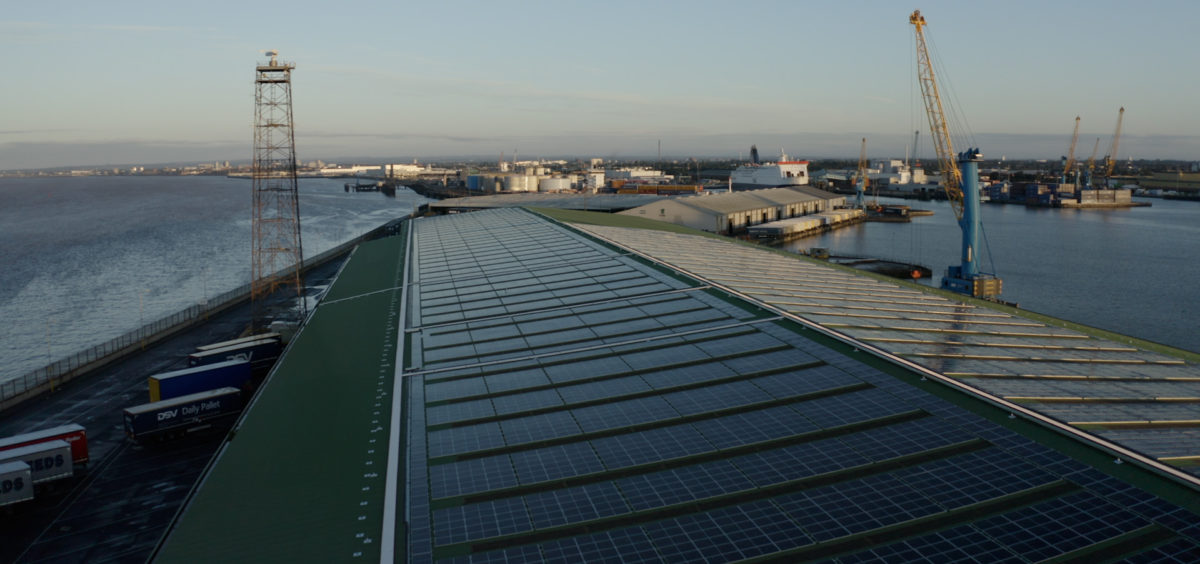China's National Energy Administration (NEA) has attempted to move the dial on small scale PV in the nation by asking its provincial offices to nominate counties where a trial program to push blanket rooftop solar can be carried out.
The state entity wants selected counties to have at least 20% of all residential rooftops equipped with solar, as well as at least 30% of commercial and industrial structures; 40% of non-government public buildings, such as hospital and schools; and half of the roofs on the government estate.
pv magazine print edition
NEA provincial offices will be pressed for time, however, with the national office requiring the pilot counties to be identified within a fortnight.
Under the plan, installers will be selected to develop all of the rooftop capacity in each county and, two days after the policy was promulgated, the State Power Investment Corporation informed its subsidiaries it would be involved in the distributed PV pilot schemes.
With the provinces of Fujian, Guangzhou, Shaanxi, Jiangxi, Gansu, and Zhejiang having, since March, published plans for similar programs, the NEA decision appears to have rolled out their actions across the rest of the nation.
Trade body the China Photovoltaic Industry Association (CPIA) says the key feature of the new policy refers back to a document released in 2018, which attempted to enable the private sale of rooftop electricity to third-party consumers, referred to as ‘neighbor trading.'
With no net-metering in China, the earlier document attempted to regulate for solar households to be able to sign sale agreements with nearby energy consumers in return for paying just a grid-use fee to their utility. The power generated would be injected into the grid and the amount signed for by the customer would be paid for, to the generator, at a rate cheaper than grid electricity.
That earlier attempt at neighbor trading made little progress, thanks to unwillingness by electric companies, and ensured there is little incentive to invest in rooftop PV in China unless it is entirely for self-consumption. The CPIA said the new NEA policy regulates the trade in rooftop electricity under the terms originally suggested three years ago, in a move which could unleash a wave of distributed solar in the world's biggest PV market.
This content is protected by copyright and may not be reused. If you want to cooperate with us and would like to reuse some of our content, please contact: editors@pv-magazine.com.



8 comments
By submitting this form you agree to pv magazine using your data for the purposes of publishing your comment.
Your personal data will only be disclosed or otherwise transmitted to third parties for the purposes of spam filtering or if this is necessary for technical maintenance of the website. Any other transfer to third parties will not take place unless this is justified on the basis of applicable data protection regulations or if pv magazine is legally obliged to do so.
You may revoke this consent at any time with effect for the future, in which case your personal data will be deleted immediately. Otherwise, your data will be deleted if pv magazine has processed your request or the purpose of data storage is fulfilled.
Further information on data privacy can be found in our Data Protection Policy.